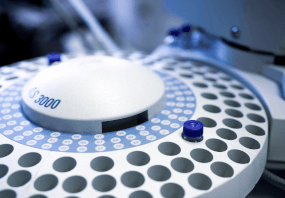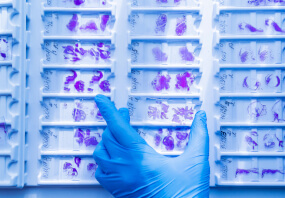General description
Research area: Immunology and Cytokines
Human sequence IL-6 is active in murine cells.1 µg is equivalent to 7.0 x 103 WHO units. 8-20 pg/ml as measured in a cell proliferation assay with a factor-dependent murine plasmacytoma cell line, B9.
Application
Interleukin-6has been used:
- to study IL-6 effects on lung cancer-derived mesenchymal stromalcells (MSCs) and to test the ability of statins to block these effects.
- toinvestigate the role of IL-6 in the development of coronary artery spasm (CAS).
- to study the effects of IL-6 on the bioactivity of therapeutic interferon (IFN)variants.
Biochem/physiol Actions
Interleukin-6 (IL-6) is a prototypic pleiotropic, pro-inflammatory cytokine that is expressed in response to injury, inflammation, and infection.(5) IL-6 triggers the activation of three distinct pathways: signal transducer and activator of transcription 3 (STAT-3), extracellular signal-regulated kinase 1 and 2 (Erk1/2), and protein kinase b/protein kinase b-alpha (Akt). Consequently, this activation leads to the upregulation of numerous genes that impact essential cellular processes including survival, proliferation, differentiation, osteogenesis/osteolysis, angiogenesis, and immune modulation. It stimulates the production of acute-phase proteins by hepatocytes. IL-6 is also known to induce skeletal muscle protein breakdown. Induces growth and differentiation of B cells, T cells, and hepatocytes. Stimulates growth and inhibits constitutive, protein synthesis-independent apoptosis of murine B cell hybridoma 7TD1. IL-6 is also considered as a potential marker of adipocyte differentiation. Interleukin-6 is a protein produced by a variety of cell types including T-lymphocytes, monocytes, diploid fibroblasts, hepatocytes, cardiac myxomas, certain cervical cancer cells, bladder cell carcinomas, vascular endothelial cells, and human myelomas. It has a variety of biological effects and does not show a high degree of species specificity.
Warning
Toxicity: Standard Handling (A)
Physical form
Carrier free.
Reconstitution
Following reconstitution, aliquot and freeze (-70°C). Stock solutions are stable for up to 3 months at -70°C. Avoid freeze/thaw cycles of solutions.
Reconstitute to 0.1-1.0 mg/ml in 100 mM acetic acid.
Other Notes
Vicennati, V., et al. 2002. Int. J. Obes. Relat. Metab. Disord.26, 9.
Vallieres, L., and Rivest, S. 1999. Endocrinology140, 3890.
Goodman, M.N. 1994. Proc. Soc. Exp. Biol. Med. 205, 182.
Liu, J., et al. 1994. Cell Immunol.155, 229.
Van Snick, J. 1990. Annu. Rev. Immunol.8, 253.
Legal Information
CALBIOCHEM is a registered trademark of Merck KGaA, Darmstadt, Germany
Assay: ≥. 95% (SDS-PAGE). Quality Level: 100. form: lyophilized. manufacturer/tradename: Calbiochem®. . storage condition: OK to freeze. impurities: ≤. 1.0 . EU/μ. g Endotoxin (EU/μ. g IL-6). shipped in: ambient. storage temp.: −. 70°C. Storage Class Code: 11 - Combustible Solids. WGK: WGK 1. Flash Point(F): Not applicable. Flash Point(C): Not applicable.- UPC:
- 51384701
- Condition:
- New
- Availability:
- 3-5 Days
- Weight:
- 1.00 Ounces
- HazmatClass:
- No
- MPN:
- 407652-10UG












